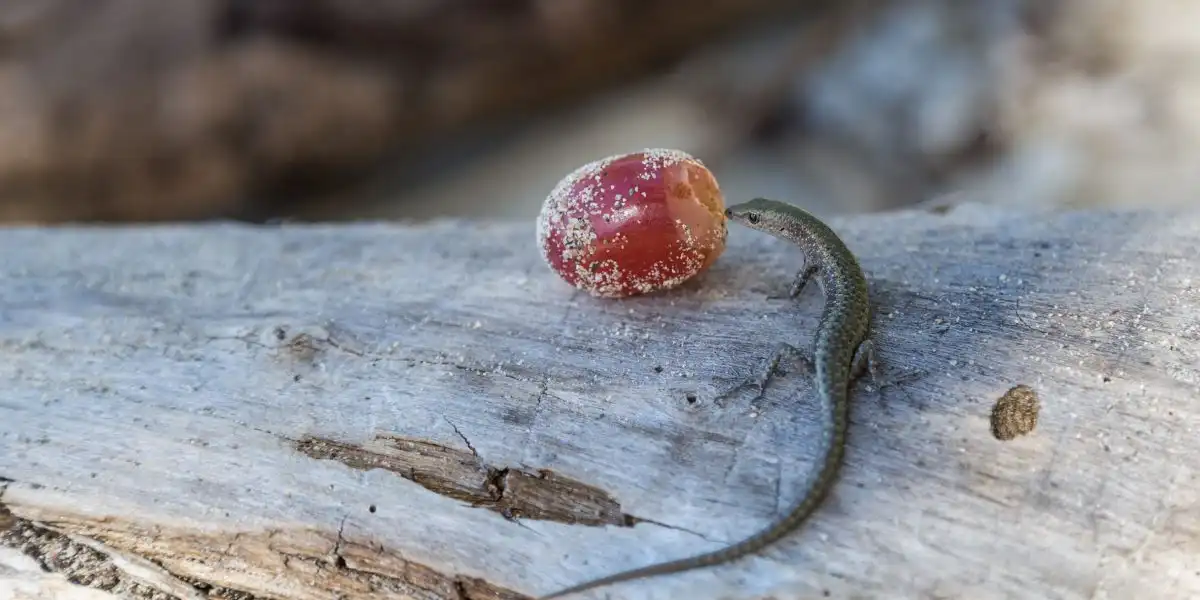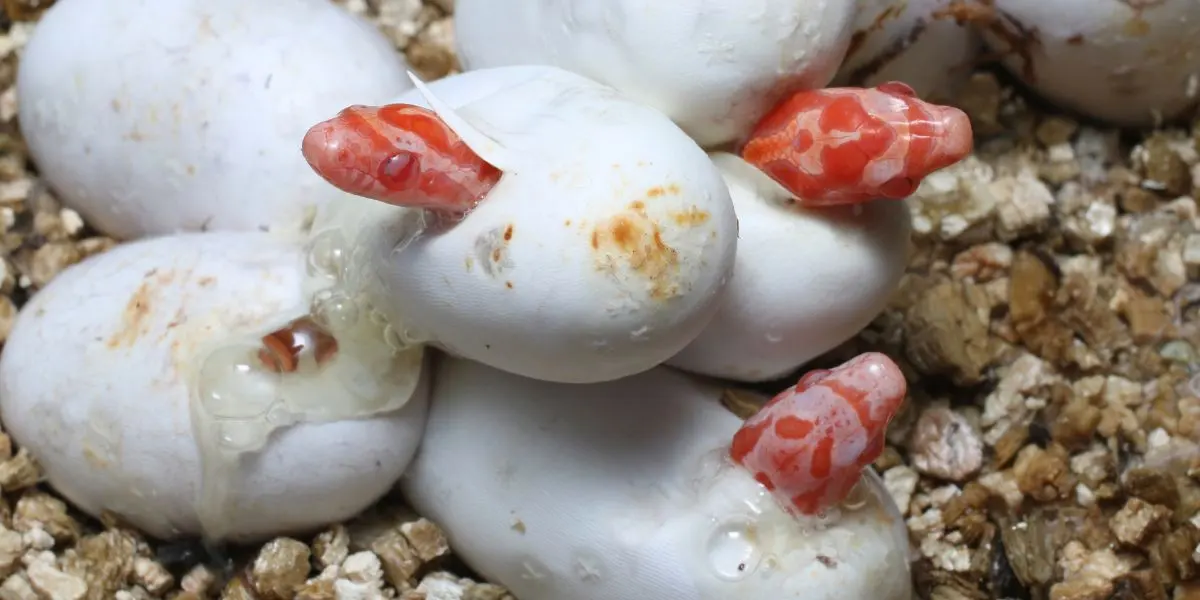Tortoises are fascinating creatures that have captured the curiosity of humans for centuries. With their unique appearance and slow-paced lifestyle, they have become iconic symbols of longevity and resilience. These reptiles belong to the Testudinidae family and are known for their distinctive hard shells, which provide protection and support. But do tortoises live in water?
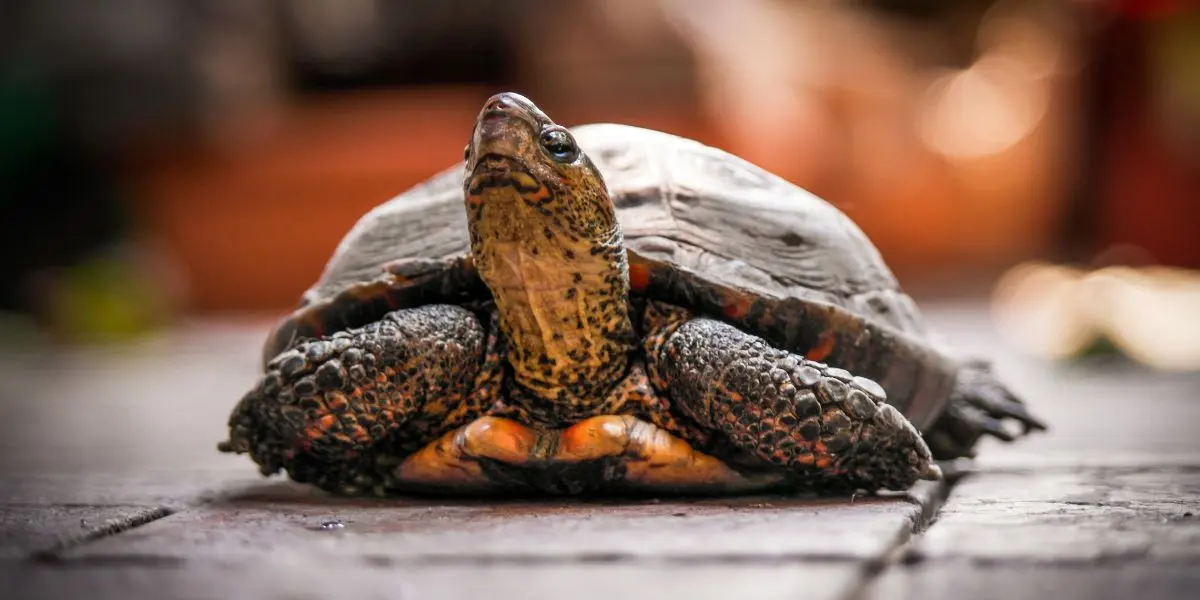
Brief Overview of Different Tortoise Species
There are numerous species of tortoises found across the globe, each adapted to specific habitats and environments. From the giant Galapagos tortoises to the desert-dwelling African spurred tortoises, these creatures have evolved to thrive in various ecosystems.
While most tortoises are well-suited for life on land, there are certain species that have made remarkable adaptations to live in aquatic environments.
In this article, we will explore the characteristics of tortoises that enable them to thrive on land, as well as the adaptations that some species have developed to live in water. We will delve into the physical features and behavioral traits that make tortoises well-suited for their respective habitats.
Additionally, we will discuss the importance of aquatic tortoises in ecosystems and the conservation efforts being made to protect these remarkable creatures.
Characteristics of Tortoises
Tortoises possess a unique set of physical and behavioral traits that allow them to thrive in their respective habitats. Let’s take a closer look at these characteristics and explore some well-known land-dwelling tortoise species.
Physical features that enable tortoises to live on land
Tortoises have evolved several physical adaptations that make them well-suited for life on land. One of the most distinctive features is their hard, protective shell, which acts as a shield against predators and provides structural support. The shell is composed of two parts: the carapace (the upper shell) and the plastron (the lower shell), which are fused together.

Additionally, tortoises have sturdy, elephant-like legs that are specifically designed for walking on land. Their feet are equipped with strong claws that help them dig burrows and navigate through various terrains.
Behavioral traits associated with terrestrial habitats
Tortoises are known for their slow and deliberate movements, which are a result of their herbivorous diet and low metabolic rate. They spend a significant amount of time basking in the sun to regulate their body temperature and conserve energy. This behavior also aids in the absorption of vitamin D, essential for their overall health.
Land-dwelling tortoises are primarily solitary creatures, with males and females coming together only during the breeding season. They establish territories and mark them with scent glands to communicate with other tortoises.
Examples of well-known land-dwelling tortoise species
There are numerous species of tortoises that inhabit various regions around the world. Some of the most well-known land-dwelling tortoise species include:
- Galapagos Tortoise: Found in the Galapagos Islands, these tortoises are known for their impressive size and longevity. They can live for over 100 years and have become a symbol of the islands’ unique biodiversity.
- African Spurred Tortoise: Native to the arid regions of Africa, these tortoises have a domed shell and strong legs that allow them to traverse the harsh desert terrain.
- Gopher Tortoise: Found in the southeastern United States, these tortoises are excellent burrowers and play a crucial role in their ecosystems by providing shelter for other animals.
These examples highlight the diverse range of tortoise species that have adapted to different terrestrial habitats. However, there are also tortoises that have made remarkable adaptations to live in aquatic environments, which we will explore in the next section.
Aquatic Adaptations in Tortoises
Introduction to aquatic tortoise species
While tortoises are primarily known for their terrestrial lifestyle, there are certain species that have successfully adapted to living in aquatic environments. These aquatic tortoises have developed unique characteristics and adaptations that allow them to thrive in water.

Description of physical adaptations for living in water
- Flattened shells for improved swimming: Aquatic tortoises have evolved shells that are more streamlined and flattened compared to their land-dwelling counterparts. This shape reduces drag in the water, allowing them to move more efficiently and swiftly.
- Webbed feet for enhanced propulsion: To navigate through water, aquatic tortoises have developed webbed feet. These specialized feet provide increased surface area, enabling them to paddle and propel themselves through aquatic habitats with greater ease.
- Ability to hold breath for extended periods: Unlike land tortoises, aquatic tortoises have adapted to hold their breath for extended periods underwater. They possess specialized respiratory adaptations that allow them to extract oxygen from the water, enabling them to stay submerged for longer durations.
Tortoise species that have adapted to aquatic environments
- Red-eared Slider (Trachemys scripta elegans): This species is native to North America and is commonly found in freshwater habitats such as ponds, lakes, and rivers. Red-eared sliders have flattened shells, webbed feet, and can spend a significant amount of time both in water and on land.
- Matamata Turtle (Chelus fimbriatus): Found in South America, the Matamata turtle is a unique aquatic tortoise known for its specialized appearance. It has a flattened, pancake-like shell and a long, snorkel-like nose that allows it to breathe while submerged. Its appearance and behavior make it a master of camouflage in its aquatic habitat.
- Indian Peacock Softshell Turtle (Nilssonia hurum): This species is native to South Asia and is well-adapted to living in freshwater bodies such as rivers and lakes. It has a soft, leathery shell and long, webbed feet that aid in swimming. The Indian Peacock Softshell Turtle is known for its ability to bury itself in the sand at the bottom of water bodies, camouflaging itself from predators.
These examples demonstrate the diverse adaptations that certain tortoise species have developed to thrive in aquatic environments. Their unique physical features and behaviors allow them to navigate and survive in water, showcasing the remarkable adaptability of these reptiles.
Comparison between Aquatic and Land Tortoises
Differences in physical characteristics
Aquatic and land tortoises exhibit distinct physical characteristics that reflect their respective habitats. While land tortoises have domed shells and sturdy legs for walking on land, aquatic tortoises have flattened shells and webbed feet for swimming in water.
The shape of their shells and the structure of their limbs are adaptations that enable them to excel in their specific environments.
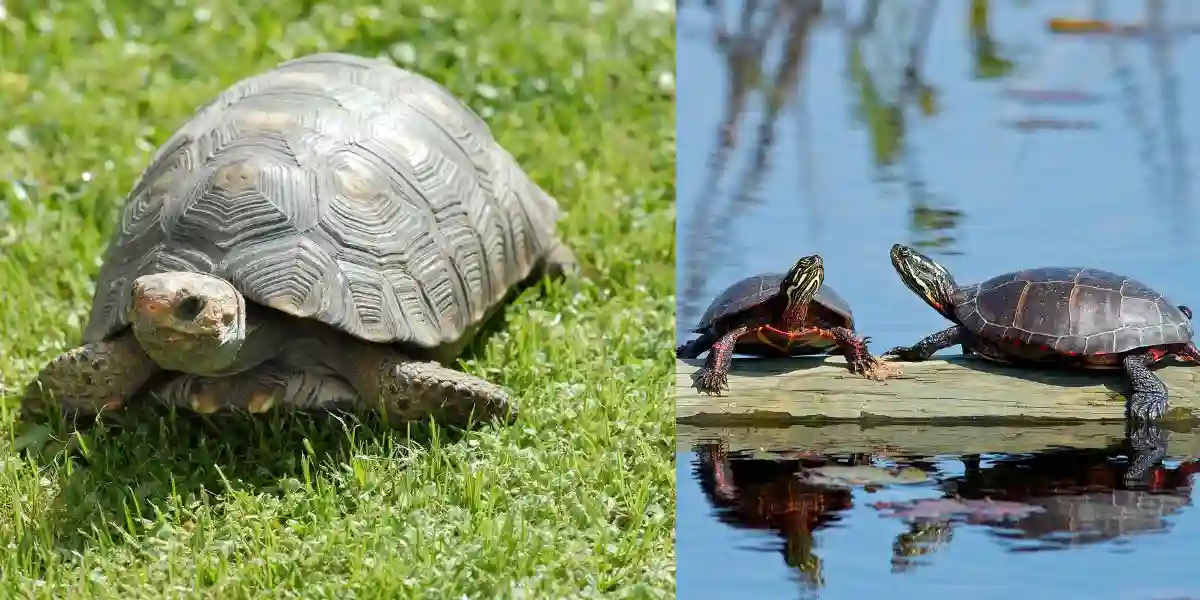
Contrasting behaviors and habits
Land tortoises are known for their slow and deliberate movements, spending much of their time grazing on vegetation and basking in the sun. They are primarily solitary creatures, establishing territories and communicating with other tortoises through scent marking.
In contrast, aquatic tortoises are more agile swimmers and spend a significant amount of time in the water. They may exhibit social behaviors, such as gathering in groups or basking on logs together.
| Land Tortoises | Aquatic Tortoises | |
|---|---|---|
| Habitat | Terrestrial environments, such as deserts, grasslands, and forests. | Aquatic habitats like rivers, lakes, ponds, and marshes. |
| Body Structure | High-domed shell for protection and support on land. | Flatter and streamlined shell for improved swimming in water. |
| Limb Adaptations | Short and sturdy limbs for walking and digging on land. | Webbed feet or flippers for efficient swimming in water. |
| Diet | Herbivorous, primarily feeding on plants, grasses, and fruits. | Omnivorous or herbivorous, feeding on aquatic plants, algae, insects, and small aquatic animals. |
| Respiration | Breathe air through lungs. | Breathe air through lungs, but some species can absorb oxygen from water through specialized structures. |
| Swimming Abilities | Not proficient swimmers; limited swimming ability. | Well-adapted swimmers, capable of navigating through water. |
| Behavior | Spend most of their time on land, seeking out food, basking, and digging burrows. | Spend a significant amount of time in water, swimming, and basking on rocks or logs. |
| Conservation Status | Varying conservation statuses depending on species; some are endangered or threatened due to habitat loss and other factors. | Varying conservation statuses depending on species; some are critically endangered due to habitat destruction and pollution. |
Unique challenges faced by aquatic tortoises
Aquatic tortoises face different challenges compared to their land-dwelling counterparts. They must navigate through water currents, find suitable food sources, and avoid predators that are specific to aquatic environments.
Additionally, pollution, habitat destruction, and climate change pose significant threats to the survival of aquatic tortoises, as their habitats are often more vulnerable to human activities.
Understanding the differences between aquatic and land tortoises helps us appreciate the diverse adaptations that these creatures have developed to thrive in their respective habitats. It also highlights the importance of protecting and conserving the unique ecosystems that support these tortoise species.
Here is a list of some well-known species of aquatic tortoises:
- Red-eared Slider
- Painted Turtle
- Eastern River Cooter
- Western Pond Turtle
- African Sideneck Turtle
- Mata Mata Turtle
- Snapping Turtle
- Softshell Turtle
- Indian Peacock Softshell Turtle
- Alligator Snapping Turtle
These species are known for their affinity towards water habitats and spend a significant portion of their lives in aquatic environments.
Importance of Aquatic Tortoises in Ecosystems
Role of aquatic tortoises in maintaining the ecological balance
Aquatic tortoises play a vital role in maintaining the ecological balance of their habitats. They contribute to the overall health and stability of aquatic ecosystems by fulfilling various ecological functions.
Contributions to nutrient cycling and seed dispersal
Aquatic tortoises are herbivores, feeding on aquatic plants and algae. As they graze on vegetation, they help control plant growth and prevent overgrowth, which can lead to imbalances in the ecosystem.
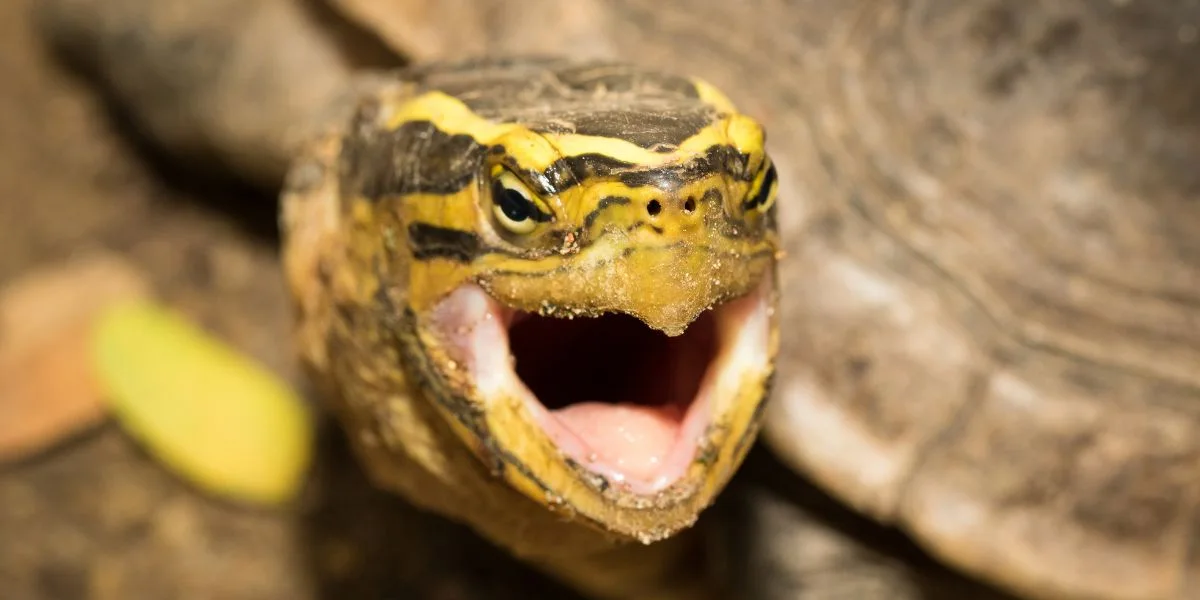
Additionally, their digestion and excretion processes contribute to nutrient cycling, enriching the water and providing essential nutrients for other organisms.
Furthermore, aquatic tortoises can inadvertently aid in seed dispersal. Seeds from plants consumed by tortoises can pass through their digestive system unharmed and be deposited in different locations, promoting plant diversity and colonization in new areas.
Impact of human activities on aquatic tortoise populations
Human activities such as habitat destruction, pollution, and overexploitation have had a significant impact on aquatic tortoise populations. Destruction of wetlands and freshwater habitats deprives these tortoises of their natural habitats, leading to population declines.
Pollution, including water contamination and plastic debris, poses direct threats to their health and survival. Additionally, the illegal pet trade has resulted in the unsustainable capture and trade of aquatic tortoises, further endangering their populations.
Conservation efforts for aquatic tortoises
Recognizing the importance of aquatic tortoises in ecosystems, conservation efforts have been initiated to protect and restore their populations. These efforts include habitat restoration, establishment of protected areas, and captive breeding programs.
Conservation organizations and researchers work to raise awareness about the threats faced by aquatic tortoises and advocate for their protection.
Importance of public awareness and education
Public awareness and education are crucial for the conservation of aquatic tortoises. By understanding the significance of these creatures in ecosystems, individuals can make informed choices and take actions to minimize their impact on their habitats.
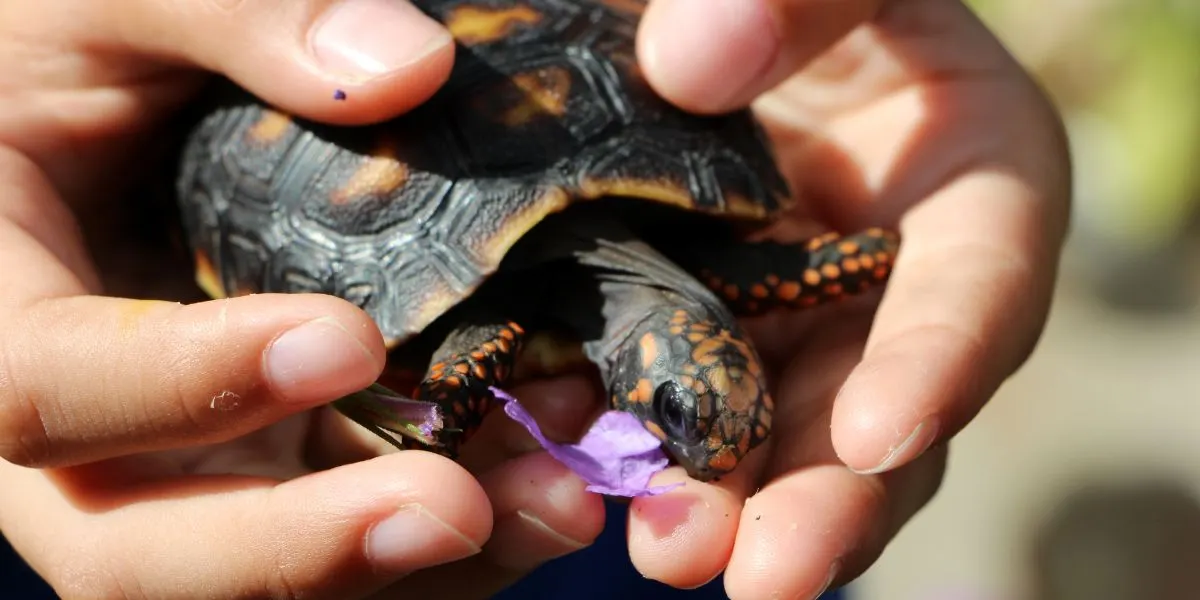
Education programs and outreach initiatives help promote responsible behavior and encourage the conservation of aquatic tortoises and their habitats.
By protecting and preserving aquatic tortoises, we not only safeguard the survival of these remarkable creatures but also ensure the health and resilience of the ecosystems they inhabit. Their presence and contributions are essential for maintaining the delicate balance of aquatic environments.
Conservation Efforts for Aquatic Tortoises
Threats faced by aquatic tortoises
Aquatic tortoises face numerous threats to their survival, primarily due to human activities. Habitat destruction, pollution, climate change, and the illegal pet trade are among the major challenges that these species encounter. Understanding these threats is crucial for implementing effective conservation measures.
Examples of ongoing conservation projects
- Habitat conservation: Efforts are being made to protect and restore the natural habitats of aquatic tortoises. This includes the preservation of wetlands, rivers, and freshwater ecosystems where these tortoises reside. Conservation organizations work with local communities and governments to establish protected areas and implement sustainable management practices.
- Captive breeding programs: To mitigate the impact of the illegal pet trade and boost population numbers, captive breeding programs have been established for endangered aquatic tortoise species. These programs aim to breed and reintroduce tortoises into the wild, ensuring genetic diversity and population sustainability.
- Research and monitoring: Scientists and researchers conduct studies to better understand the biology, behavior, and ecology of aquatic tortoises. This knowledge helps inform conservation strategies and management plans. Monitoring programs are also implemented to track population trends, assess the effectiveness of conservation efforts, and identify areas that require further attention.
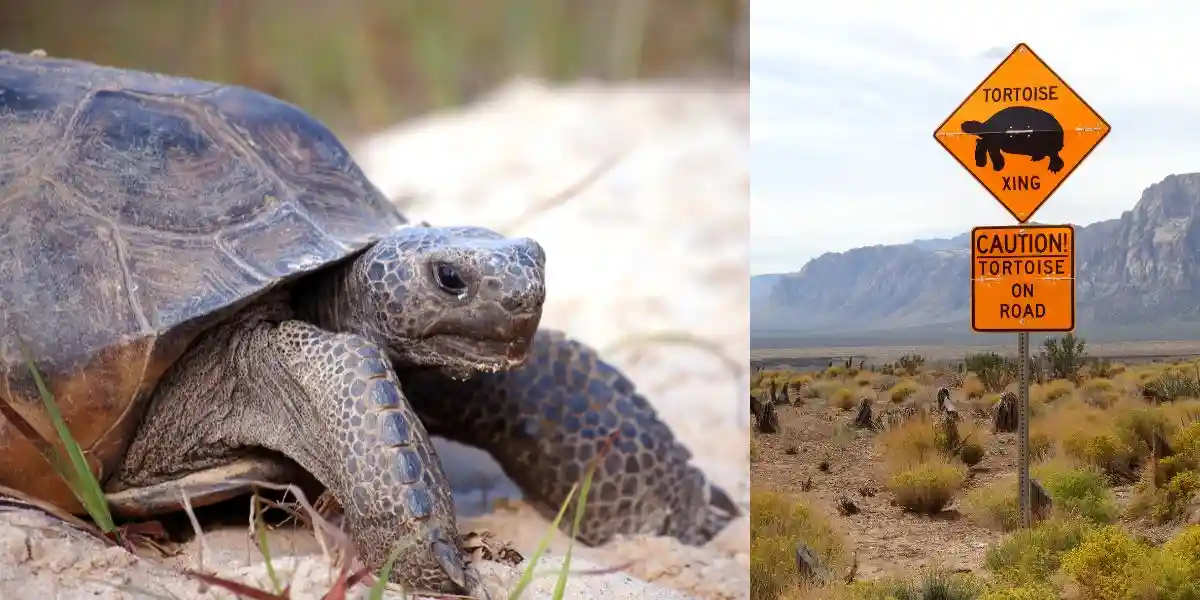
Importance of public awareness and education
Public awareness and education play a crucial role in the conservation of aquatic tortoises. By raising awareness about the threats faced by these species and the importance of their conservation, individuals can make informed choices and take actions to minimize their impact on tortoise populations and their habitats.
Education programs, community outreach initiatives, and campaigns help promote responsible behavior, encourage habitat protection, and discourage the illegal pet trade.
Conservation efforts for aquatic tortoises require collaboration among governments, conservation organizations, researchers, local communities, and the general public. By working together, we can ensure the long-term survival of these remarkable creatures and protect the delicate ecosystems they inhabit.
The significance of public awareness and education
Public awareness and education are crucial for the conservation of aquatic tortoises. By understanding the significance of these creatures in ecosystems, individuals can make informed choices and take actions to minimize their impact on their habitats.
Education programs and outreach initiatives help promote responsible behavior and encourage the conservation of aquatic tortoises and their habitats.
By protecting and preserving aquatic tortoises, we not only safeguard the survival of these remarkable creatures but also ensure the health and resilience of the ecosystems they inhabit. Their presence and contributions are essential for maintaining the delicate balance of aquatic environments.
Frequently Asked Questions
Tortoises are primarily land animals and are not adapted for long periods of time in water. They are not proficient swimmers and can potentially drown if left in water for an extended period. It is generally recommended to avoid submerging tortoises in water for more than a few minutes.
Tortoises are primarily land animals. They are adapted to live on land and are not well-suited for an aquatic lifestyle. While they may occasionally encounter water sources for drinking or bathing, their natural habitat and behavior revolve around terrestrial environments.
Yes, tortoises need access to water for drinking and bathing purposes. They require regular hydration to maintain their overall health and well-being. However, it’s important to note that tortoises are not aquatic creatures and should not be kept in water for extended periods.
Tortoises are not designed to breathe underwater. They are air-breathing reptiles and do not possess the adaptations necessary for extracting oxygen from water. If submerged for too long, a tortoise may drown due to its inability to respire underwater.
Leaving a tortoise in water for an extended period can be harmful to its health and potentially fatal. Tortoises are not adapted for aquatic environments, and prolonged exposure to water can lead to respiratory problems, stress, hypothermia, and even drowning.
No, tortoises cannot sleep underwater. As land-dwelling creatures, they require a terrestrial environment to rest and sleep. Submerging a tortoise in water during its sleep could be dangerous and potentially fatal.
Tortoises have the potential for a long lifespan. Depending on the species, environmental conditions, and individual health, tortoises can live for several decades. Some species can even live for over a hundred years with proper care and suitable living conditions.
Conclusion
Tortoises are fascinating creatures that have adapted to thrive in various habitats, including both land and water. While most tortoises are known for their ability to live on land, there are certain species that have made remarkable adaptations to live in aquatic environments.
These aquatic tortoises possess unique physical features and behaviors that enable them to navigate and survive in water.
Aquatic tortoises play a crucial role in maintaining the ecological balance of their habitats. They contribute to nutrient cycling, control plant growth, and aid in seed dispersal, promoting biodiversity and ecosystem health.
However, these remarkable creatures face numerous threats, including habitat destruction, pollution, climate change, and the illegal pet trade.
Conservation efforts are underway to protect and restore aquatic tortoise populations. These efforts include habitat conservation, captive breeding programs, research, and monitoring.
Public awareness and education are also vital in promoting responsible behavior and encouraging the conservation of aquatic tortoises and their habitats.
By understanding and protecting aquatic tortoises, we not only ensure the survival of these remarkable creatures but also safeguard the health and resilience of the ecosystems they inhabit. It is our collective responsibility to take action and preserve the delicate balance of our natural world for future generations.
Let us appreciate and protect the incredible diversity of tortoises, both on land and in water, for their invaluable contributions to our planet.


